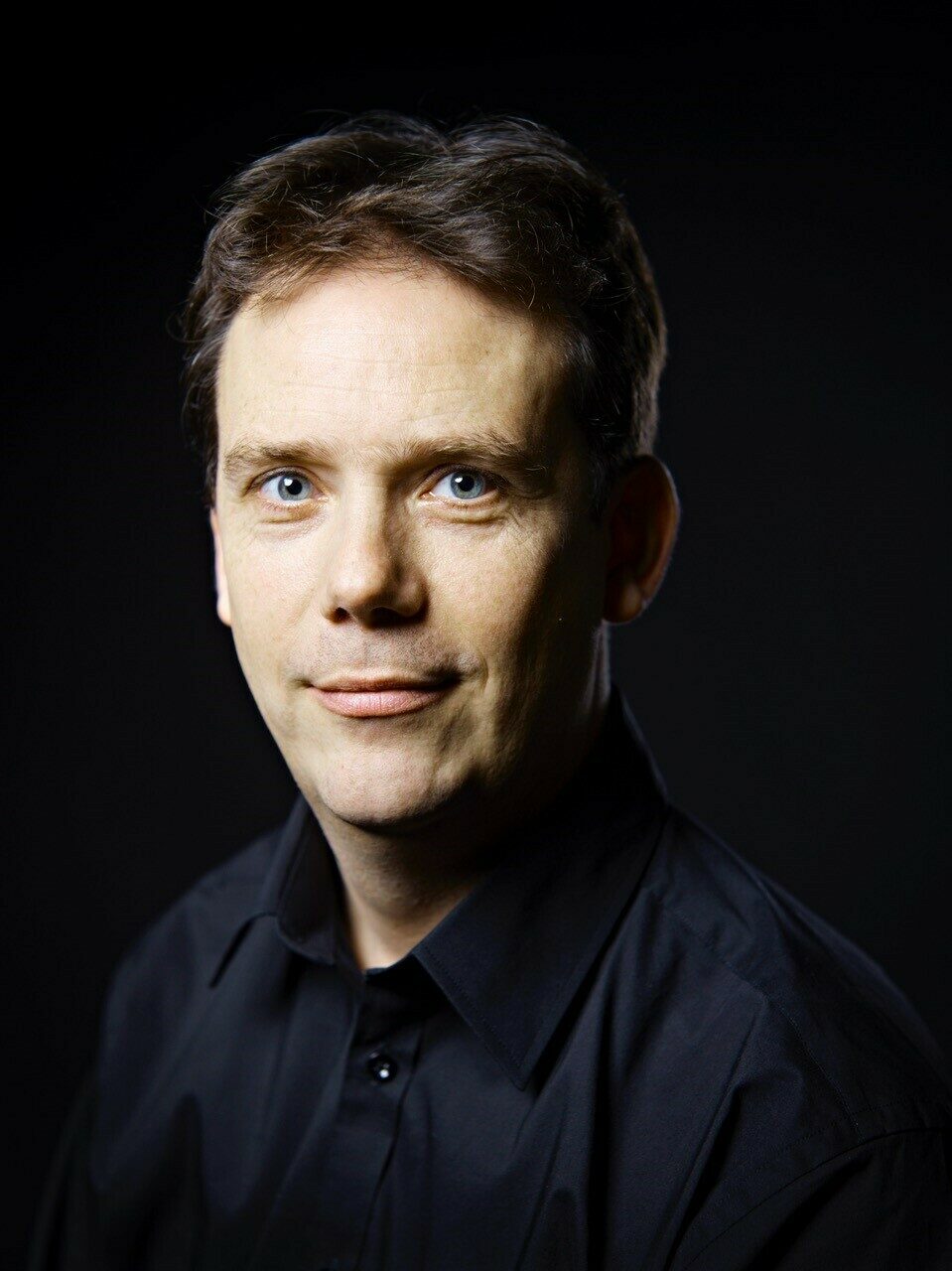A new Publication in 'The Double Reed' by Wouter Verschuren
11 oktober 2021
In his latest article in The Double Reed Magazine Vol. 44 No.2 (2021), our Early Music Teacher Historical Bassoon and Shawms, Wouter Verschuren looked into the origins of the vibrato on a bassoon.
What About Vibrato?
An investigation into the use of vibrato in bassoon music from the sixteenth to the twentieth century
This article investigates the use of vibrato on the bassoon from ca. 1600 until modern times. However, during this journey, we will also discuss the use of vocal vibrato, and vibrato on other wind and string instruments.
The term vibrato was not in use for centuries. Does that mean that vibrato did not exist, or was it known by different names? When did the continuous air vibrato enter the stage? It proves that many musicians, theorists, and composers when discussing vibrato, used terms such as tremolo or bebung during the past centuries. Who would have thought that until the mid-nineteenth century, some bassoon treatises promoted the use of finger vibrato on the bassoon? For centuries, musicians and theorists felt the need to write down their likes and dislikes concerning vibrato. This article aims to give our ancestors a voice again and have them tell us what they think about using this appealing embellishment in the music of their times.
Read the full article here. You can also find the The Double Reed Magazine Vol. 44 No.2 (2021) in our KonCon library.
Vibrato Indications in Sheet Music
Historical bassoonist Wouter Verschuren regularly performs throughout Europe and the U.S.A and is at home with repertoire ranging from the Renaissance to the Romantic. He is principal bassoonist of The Amsterdam Baroque Orchestra conducted by Ton Koopman, and regularly plays with other renowned period orchestras such as The Orchestra of the Age of Enlightenment, The Orchestra of the 18th Century, La Petite Bande and The Academy of Ancient Music.
A graduate of the Royal Conservatoire in The Hague, Wouter regularly appears as a soloist, and plays in numerous international chamber music ensembles such as Caecilia-Concert, Concerto Palatino, Oltremontano, l’Arpeggiata and many others. Specialising in performance and research of 16th and 17th century music and later repertoire, he makes regular appearances in Europe and the US with the harpsichordist and fortepianist Kathryn Cok. Their world premier recording of unknown Sonatas by Nikolaus von Krufft was released in 2009 by Challenge Records, and was enthusiastically received by the international press. He can also be heard on countless other orchestral and chamber music CDs on labels such as Sony, Alpha, Erato and Antoine Marchand. Wouter participated in the recording of the complete Bach and Buxtehude Cantatas with The Amsterdam Baroque Orchestra.
Besides his positions at the Royal Conservatory, The Hague and The Royal College of Music, London, Wouter regularly gives master classes in Europe, the USA and the Middle East and coaches for such festivals as the Amherst Early Music Festival, San Francisco Early Music Society (USA) and Tage der alte Musik in Hof (Germany). Wouter is also active as a researcher, currently pursuing a PhD at the Royal College of Music, with the primary aim to rediscover forgotten repertoire for dulcian and (historical) bassoon. Wouter received a generous scholarship from the Royal Conservatoire, The Hague.
